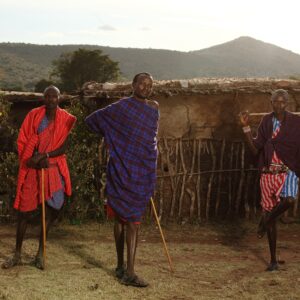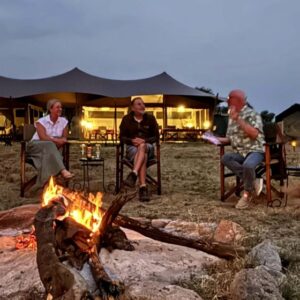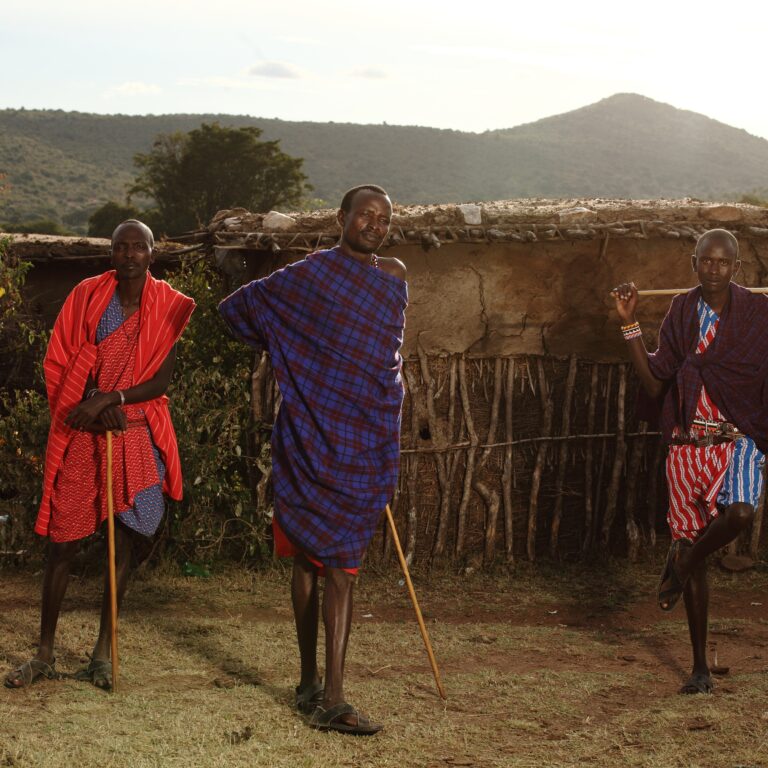Embracing the Magic of Tanzania in March: A Complete Travel Guide
March beckons a special allure for travelers venturing into Tanzania. As the country transitions from the short rains to the long dry season, it offers a unique blend of lush landscapes, diverse wildlife, and cultural experiences. This guide delves into the reasons why March is an ideal time to visit Tanzania, offering valuable travel tips, insights into the weather conditions, details about crowds and costs, recommended destinations and activities, packing suggestions, accommodation options, events, and answers to frequently asked questions. The Ngorongoro Highlands receive short and sharp rainfall in the late afternoon, leaving the mornings pleasant and generally dry for excellent game viewing. Early March tends to be dry, although in some years the rains have been known to return early, so it can be wet.
Why Visit Tanzania in March:
March to May is the best time for green landscapes and lower prices. Mid to late March marks the start of Tanzania’s main rainy season, when heavy downpours turn roads and hiking trails to mud.
The Great Migration: March is a prime time to witness the Great Migration in the Serengeti. Thousands of wildebeest and zebras move towards the northern plains, creating a breathtaking spectacle. It’s a wildlife phenomenon that nature enthusiasts and photographers shouldn’t miss.
Calving Season: March marks the calving season in the Serengeti, adding another layer of excitement to the safari experience. The newborns attract predators, making game drives even more thrilling.
Moderate Weather: With temperatures ranging from 20°C to 30°C (68°F to 86°F), March offers pleasant weather for outdoor activities. The end of the short rains ensures lush landscapes, making it an excellent time for safaris and nature exploration.
Tanzania in March Travel Tips:
- Visa and Entry Requirements: Ensure you have a valid visa before arriving in Tanzania. Stay informed about any changes in entry requirements and health regulations, especially considering global situations like the ongoing pandemic.
- Health Precautions: Consult your healthcare provider for necessary vaccinations and consider taking malaria prophylaxis. Pack a basic medical kit and use insect repellent to guard against mosquito bites.
- Currency and Payments: The Tanzanian Shilling (TZS) is the official currency. While major cities accept credit cards, it’s advisable to carry some cash, especially in more remote areas where card payments may not be widely accepted.
- Local Customs: Respect local traditions and dress modestly, particularly when visiting religious sites. Learning a few Swahili phrases can enhance your interactions with the friendly locals.
Tanzania Weather in March:
March marks the end of the short rains, giving way to the long wet season. Coastal areas remain humid, while the northern and central regions experience clear skies. This transition creates an optimal environment for wildlife viewing and outdoor adventures.
March marks the end of the green season as the ‘long rains’ begin. The Serengeti enters a low season period when there are less safari crowds, and the migratory herds begin to leave the Ndutu region in the south and head west.
The main rainy season in Tanzania ( masika ) begins in mid-March. The humidity is high, and daily temperatures reach the mid- to upper 80s F. Temperatures typically do not cool off much at night—lows do not usually drop below about 60 F, and in some areas remain in the 70s.
Tanzania in March Crowds & Costs:
Crowds: March falls in the shoulder season, striking a balance between moderate tourist numbers and favorable weather. Popular attractions such as the Serengeti and Ngorongoro Crater may have fewer crowds compared to peak season, allowing for a more intimate safari experience.
Costs: Accommodation and safari prices are generally more affordable than during the high season. While March is budget-friendly, booking in advance is recommended, especially for popular lodges and safari camps.
Where to Go and What to Do: Tanzania in March
Serengeti National Park: Experience the awe-inspiring Great Migration and witness the calving season, providing a unique opportunity for incredible wildlife encounters.
Ngorongoro Crater: Explore the stunning landscapes and diverse wildlife within the confines of this UNESCO World Heritage Site. The dry season enhances the visibility of animals, making it an excellent time for photography.
Zanzibar Archipelago: For those seeking a coastal retreat, Zanzibar offers pristine beaches, historical wonders in Stone Town, and a vibrant cultural scene. The coastal areas provide a refreshing complement to the mainland’s safari adventures.
What to Bring: Tanzania in March
Lightweight Clothing: Pack comfortable, lightweight clothing for the warm temperatures during the day.
Footwear: Bring sturdy yet comfortable hiking shoes for safaris and nature walks.
Binoculars and Camera: Enhance your wildlife viewing experience with binoculars, and don’t forget a camera with zoom capabilities to capture the beauty of Tanzania.
Sun Protection: Include sunscreen, hats, and sunglasses to protect yourself from the strong African sun.
Power Adapters: Carry power adapters for charging electronic devices, ensuring you can capture and share your Tanzanian adventures.
Accommodations:
Choose from a range of accommodations, including luxury lodges and budget-friendly campsites. Consider staying at eco-friendly lodges to minimize your environmental impact and contribute to sustainable tourism.
Events in March:
International Women’s Day (March 8): Participate in local events celebrating women’s achievements and supporting gender equality.
Serengeti Half Marathon: Join the annual marathon held in the Serengeti, combining adventure with the thrill of a unique wildlife backdrop.
Traveling to Tanzania in March? FAQs:
Is March a good time to visit Tanzania?
Yes, March offers an optimal balance of wildlife experiences, pleasant weather, and affordability.
What wildlife can I expect to see in March?
Witness the Great Migration, along with other wildlife like lions, elephants, and rhinos in various national parks.
Are there any health concerns?
Malaria is a risk, so taking prophylaxis and using insect repellent is crucial. Stay updated on health advisories and follow recommended safety measures.
Can I book safaris and accommodations on short notice?
While March is less crowded, it’s advisable to book in advance, especially for popular safari destinations and accommodations.
In conclusion, March invites you to unravel the enchanting tapestry of Tanzania, where wildlife, culture, and natural beauty converge. Plan your journey wisely, immerse yourself in the wonders of this East African gem, and create lasting memories amidst the breathtaking landscapes and diverse ecosystems of Tanzania.








